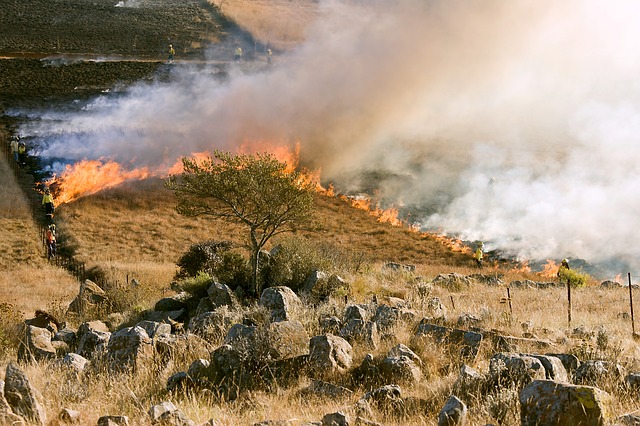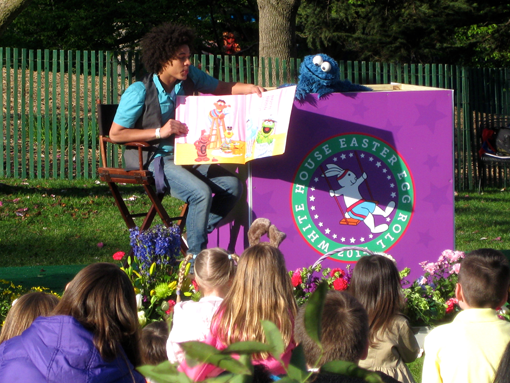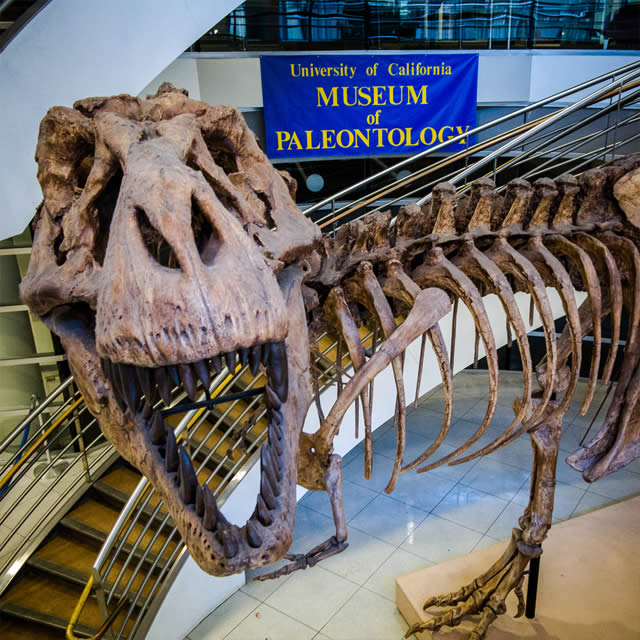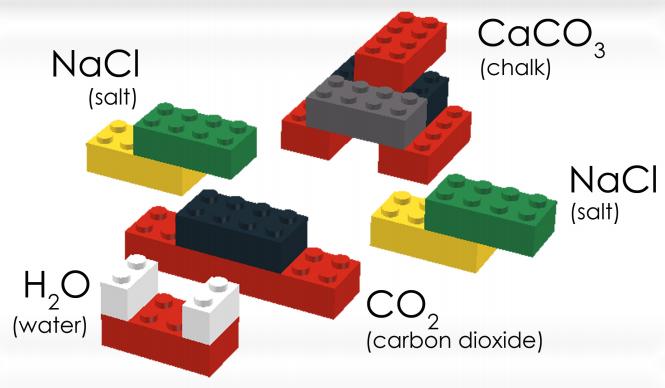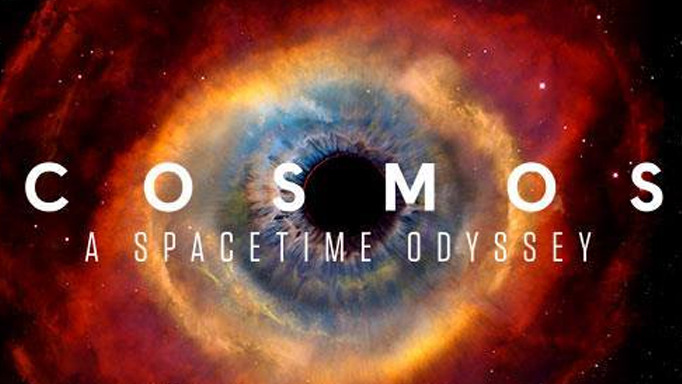Summer Sea Science
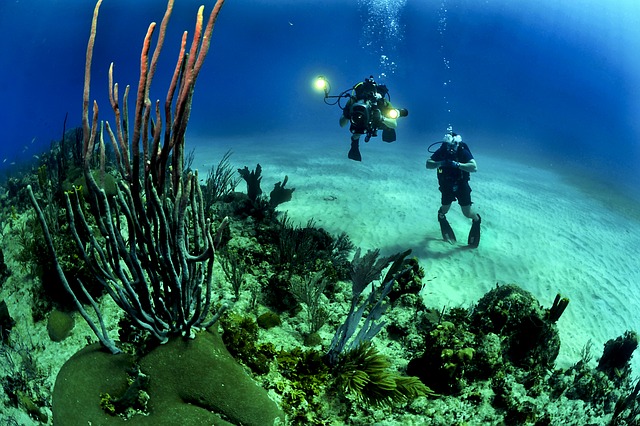
August means vacation for millions of humans, and for coral reefs in the Gulf of Mexico, it means the summer birth of billions of new coral organisms. Each year, 7-10 days after August's full moon, coral reefs at the Flower Garden Banks National Marine Sanctuary create a mass spawning event. The event sends a "snowstorm" of countless sperm and egg bundles into the water. NOAA's Coral Spawning Globe at Howtosmile.org models the spawning event in a snow globe.




